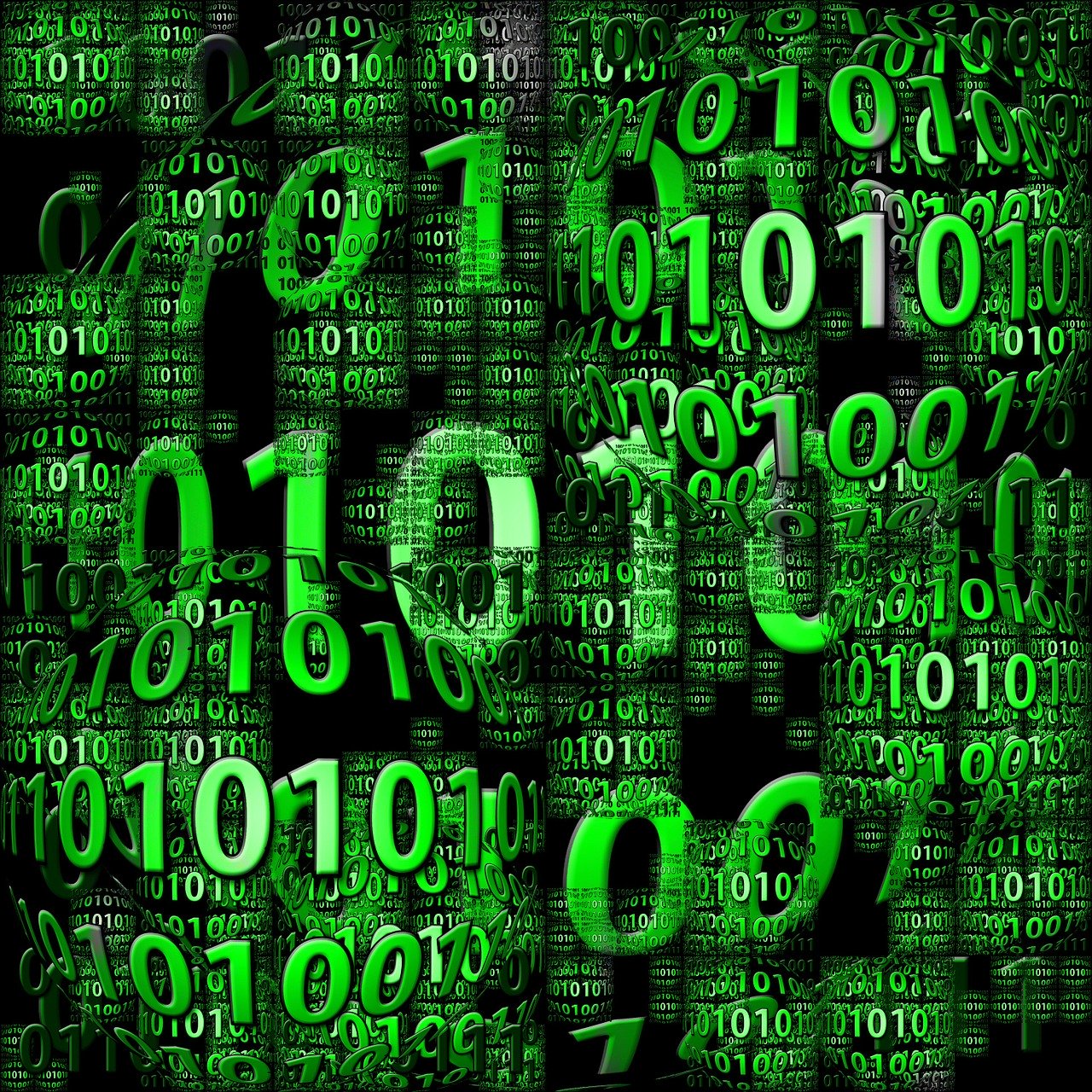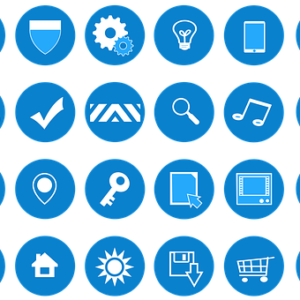Description
C Programming Language
One of the behemoths of the coding world, C has been around for, oh, around 50 years or so. Often perceived as one of the most difficult languages to master, any programmer who can list C on their resume is sure to carve a good career in the tech industry. Want to be one of those people? Keep reading…
Sharpen Up Your C Skills
- Build a solid foundation in the C language
- Learn to read and write C code
- Test your skills with challenges after each lesson
- Gain expertise in computer programming
Speak Fluent C
This course is aimed at anyone with a desire to learn the C, with the goal of building a solid knowledge of the language. Some previous programming experience is helpful, but not necessary.
After starting with a general introduction and an overview of C language fundamentals, this course continually progresses into more advanced topics covering the breadth of the C spectrum. With an emphasis on hands-on training, from module 2 onwards you’ll use code walk throughs and post-lecture challenges to compound and test your skills. Code and code comments are included with each module too, so you’ll have plenty of resources to help you learn.
By the end of this course, you’ll be well on your way to achieving fluency in the C language, and you’ll be comfortable both reading and writing C. You’ll know how to build basic programs with C and will be well equipped to progress to more complex projects.
What is C?
C is a general purpose programming language developed in the early 1970s by Dennis Ritchie. It’s one of the most widely used programming languages of all time, originally developed for implementing the UNIX operating system. Nowadays it’s largely used for developing system applications, database systems, graphics packages, operation system development and much more. It’s a structure oriented language, meaning its prime focus is on functions and it follows a ‘top down’ approach.
Course Curriculum
Introduction
Course Introduction (1:56)
Section Introduction (1:09)
About the C Language (1:54)
IDEs (6:02)
Hello World (2:54)
Section Summary (0:42)
Language Fundamentals
Section Introduction (1:22)
Variables and Constants (8:20)
printf and scanf (2:37)
Data Types (6:10)
Commend Line Arguments (7:11)
Arithmetic Operators (12:19)
Flushing the input buffer (7:08)
Loops (9:07)
Arrays (1D) (9:04)
Arrays (2D) (9:16)
Challenge (9:48)
Section Summary (0:55)
Logical Flow
0301_Introduction (0:48)
Conditionals (7:18)
Switch (4:16)
Module Challenge – Part 1 (11:07)
Module Challenge – Part 2 (4:00)
Section Summary (0:25)
Strings, chars and pointers
Section Introduction (1:24)
Pointers (10:25)
Stack and Heap (6:46)
Strings, Pointers, Null-terminations (7:35)
Char Arrays and Pointers (4:17)
Char Arrays and Functions (12:02)
Challenge (10:02)
Section Summary (1:09)
Functions
Section Introduction (0:39)
Basic Functions & Arguments (8:52)
Pass By Value and Reference – Part 1 (6:18)
Pass By Value and Reference – Part 2 (5:38)
Challenge (12:22)
Section Summary (0:37)
File I/O
Section Introduction (0:54)
Opening and Closing Files (8:07)
Reading All Content Of A File (5:12)
Searching for Content Within A File (8:41)
Binary Files (6:12)
Binary File Challenge (7:22)
ASCII File Challenge (9:33)
Section Summary (0:41)
Macros
Section Introduction (0:40)
Constants, Functions, Aliases (9:04)
Conditionals and Strings (5:10)
Challenge (10:19)
Section Summary (0:33)
Course Summary (1:25)
Frequently Asked Questions
When does the course start and finish?
The course starts now and never ends! It is a completely self-paced online course – you decide when you start and when you finish.
How long do I have access to the course?
After enrolling, you will have unlimited course access for 12 months.







Reviews
There are no reviews yet.